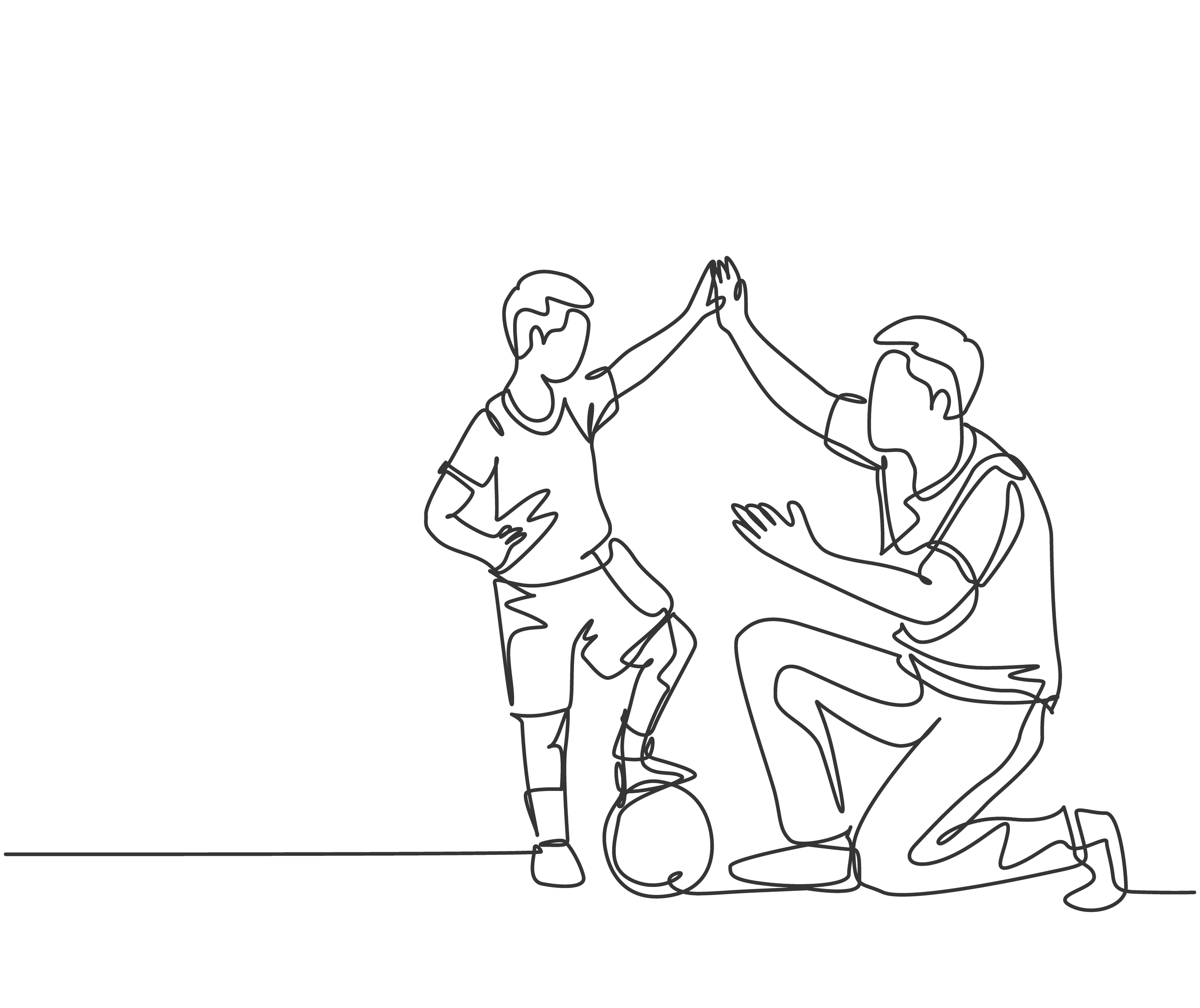Understanding and Managing Autism Meltdowns: Strategies for Calming Down
September 5, 2024
Understanding and Managing Autism Meltdowns: Strategies for Calming Down
Dealing with autism meltdowns can be a challenging experience for caregivers, teachers, and those on the spectrum alike. A meltdown is often a response to overwhelming stress or sensory overload, manifesting as intense emotional and physical reactions. Recognizing the signs that lead up to a meltdown is crucial. These might include increased anxiety, avoidance behaviors, or changes in body language. By paying attention to these early indicators, proactive measures can be taken to help calm the individual before a meltdown escalates.
What Causes Meltdowns for Children with Autism?
- Sensory Overload: Many children on the spectrum have heightened sensitivities to sensory input, such as loud noises, bright lights, or crowded environments, leading to feelings of being overwhelmed.
- Communication Difficulties: Struggles in expressing thoughts, emotions, or needs can result in frustration, causing a meltdown as a form of communication.
- Changes in Routine: Predictable routines provide a sense of security; deviations from these routines can cause anxiety and lead to meltdowns.
- ADHD: Children with ADHD may experience heightened impulsivity and emotional dysregulation, leading to more frequent meltdowns in overwhelming situations.
- Learning Difficulties: Struggles in processing information can elevate frustration and increase the likelihood of emotional outbursts.
- Anxiety: Anticipation of challenging situations or social interactions can cause significant stress that triggers a meltdown.
- Sensory Issues: Difficulties coping with certain textures, tastes, or sounds can create an overload, resulting in emotional responses.
- Lack of Coping Skills: A deficiency in skills to navigate difficult situations or communicate feelings can leave children feeling trapped and overwhelmed, making meltdowns more probable.
Recognizing these triggers is essential for caregivers and educators in creating supportive environments that minimize the risk of meltdowns while promoting emotional regulation and coping strategies.
What is the Difference Between a Meltdown and a Tantrum?
Meltdowns
- Nature: Involuntary response to overwhelming stress or sensory overload.
- Characteristics:
- Intense emotional outbursts.
- Loss of control.
- Not a manipulative behavior; a reaction to internal feelings.
- Behavior:
- May include crying, screaming, or physical aggression.
- Individual may be unaware of their surroundings.
- Response to Interventions: Difficult to respond to or calm down.
Tantrums
- Nature: Deliberate action aimed at achieving a specific outcome (e.g., gaining attention or obtaining a desired object).
- Characteristics:
- Expression of frustration when needs or wants are unmet.
- More controlled behavior compared to meltdowns.
- Behavior:
- May include whining, crying, or yelling.
- Child usually retains some degree of control over actions.
- Response to Interventions: Can often be distracted or calmed down more easily.
Importance of Recognizing Differences
- Helps caregivers respond appropriately.
- Fosters an environment that supports emotional regulation and healthy communication.
What Do Meltdowns Look Like?
Meltdowns can manifest in various ways, depending on the individual and the context of the situation. Common physical signs include crying, screaming, or hitting, while some may exhibit more subtle behaviors such as withdrawing or displaying signs of agitation. Sensory overload may lead to hyperactivity or erratic movements, whereas others may freeze or become unresponsive. Emotional expressions can range from extreme anger to profound sadness, often causing the individual to lose control of their actions and emotions. Additionally, meltdowns may be accompanied by physical symptoms such as breathlessness or rapid heartbeat. Understanding these diverse manifestations can help caregivers and educators approach the situation with empathy and effective strategies for support.
What Do Tantrums Look Like?
Tantrums can vary in expression and intensity, often reflecting the child’s emotional state and level of frustration. Typically, they may begin with whining or crying, escalating into louder outbursts if the child feels their needs are not being met. Common physical signs include stomping, throwing objects, or collapsing onto the floor, demonstrating a lack of control over their emotions. Unlike meltdowns, tantrums might include attempts to gain attention or manipulate a situation, such as pouting or using dramatic gestures. In many cases, a child experiencing a tantrum will still retain some awareness of their surroundings and can be redirected or calmed down with appropriate responses from caregivers. Recognizing these indicators allows for timely intervention, ultimately fostering a supportive environment that encourages healthier ways to express emotions.
Calming Techniques for Children with Autism
- Create a Safe Space: Establish a designated area that feels safe and comforting. This space should be free of distractions and sensory overload, promoting a sense of security.
- Deep Breathing Exercises: Teaching and practicing deep breathing techniques can help shift focus and reduce anxiety. Encourage slow, deep breaths to help regulate emotions.
- Utilize Fidget Tools: Fidget toys or stress balls can provide sensory input that may displace negative feelings and assist in managing anxiety levels.
- Establish a Routine: Consistency can be incredibly comforting. Implementing a predictable daily routine can provide a sense of stability and reduce anxiety, helping prevent meltdowns before they occur.
- Use Visual Supports: Visual schedules or cues can assist individuals in understanding what to expect, reducing anxiety about transitions or unknown changes.
- Promote Communication: Encourage open communication about feelings and needs. Sometimes, just having the ability to articulate emotions can help mitigate a meltdown.
Managing a Child’s Meltdown in a Public Setting
Managing a child’s meltdown in a public setting can be challenging, but understanding effective strategies can help ease the situation. Here are key steps to consider:
- Stay Calm and Composed: Your calm demeanor can greatly influence the child’s response.
- Find a Safe Space: If possible, move to a quiet area away from overwhelming stimuli to minimize distractions and provide a sense of security.
- Validate Feelings with Empathy: Acknowledge the child’s distress without dismissing it, letting them know it’s okay to feel overwhelmed.
- Use Calming Techniques: Implement deep breathing exercises or offer fidget tools if available to help the child refocus their energy.
- Provide Comforting Words: Offer soothing phrases and maintain a comforting presence to help the child feel secure.
- Engage with Distractions: When appropriate, redirect the child’s attention to a favorite toy or engage in a gentle conversation about a pleasant topic.
- Be Prepared to Leave: If necessary, exiting to a quieter environment may be the best way to regain control and support the child through the meltdown.
What to Do When My Child is Having a Tantrum
When your child is experiencing a tantrum, it can be overwhelming, but there are effective steps you can take to support them through this challenging moment:
- Stay Calm: Your reaction can set the tone for the situation. Take deep breaths and maintain a calm voice to provide a sense of stability.
- Acknowledge Their Emotions: Validate your child’s feelings by acknowledging their frustration. Use phrases like, “I can see you’re really upset right now,” which can help them feel understood.
- Avoid Escalating the Situation: Resist the urge to argue or raise your voice. Instead, maintain a steady demeanor and use simple, reassuring language.
- Offer Choices: Providing options can help regain a sense of control for your child. For example, ask, “Would you like to take a deep breath or count to ten together?”
- Redirect Attention: If possible, redirect your child’s focus to a different activity or toy. This distraction can help diffuse their emotional intensity.
- Wait It Out: Sometimes, a child may need to express their feelings fully before they can calm down. Be patient and give them the space they need, staying close by to ensure their safety.
- Discuss Afterwards: Once the tantrum has subsided, revisit the situation when your child is calmer. Discuss what happened and explore alternative ways to express their feelings.
Sensory Tools for Handling Meltdowns in Children
Utilizing sensory tools can be a highly effective method for managing and mitigating meltdowns in children, particularly those on the autism spectrum. These tools cater to various sensory needs and can help provide comfort during overwhelming situations. Here are some beneficial sensory tools:
- Weighted Blankets: These can produce a sense of security through deep pressure, which often helps calm anxiety and promotes relaxation during overwhelming moments.
- Noise-Canceling Headphones: These are essential for children who are sensitive to loud noises. They can help muffle auditory stimuli, enabling the child to focus on calming techniques rather than external chaos.
- Sensory Fidgets: Items like fidget spinners, stress balls, or textured toys provide tactile input that can help redirect nervous energy and encourage self-soothing.
- Aromatherapy: Using calming scents such as lavender or chamomile through essential oils can create a soothing environment, as certain fragrances have been shown to reduce stress and anxiety.
- Tactile Sensory Boxes: A box filled with various textured items (e.g., rice, sand, or fabric swatches) can provide a hands-on distraction that engages the child’s sense of touch and diverts their attention during a meltdown.
- Bubble Wrap or Pop-It Toys: The repetitive motion of popping can be a fun way for children to release pent-up energy and relieve stress, making them an engaging sensory activity.
Incorporating these sensory tools into routines or having them available during potentially stressful situations can create a proactive approach to support children in navigating their emotional landscapes more effectively.
Tips from Other Parents of Children with Autism
Hearing from other parents can provide valuable insights and strategies for managing the challenges associated with raising a child on the autism spectrum. Here are some tips shared by parents who have navigated similar experiences:
- Establish Routines: Many parents emphasize the importance of creating consistent daily routines. Predictability in schedules helps children feel secure and reduces anxiety around transitions.
- Utilize Visual Supports: Visual schedules, charts, and social stories can aid in communication and understanding. Parents recommend incorporating pictures to represent daily activities, making it easier for children to grasp what’s expected.
- Learn the Triggers: Observing and documenting specific triggers that lead to meltdowns or anxiety can provide clarity. Parents suggest keeping a detailed journal to identify patterns and implement proactive strategies.
- Engage with Local Support Groups: Connecting with local or online support groups can provide encouragement, shared experiences, and resources. Many parents find solace in knowing they are not alone and can learn from each other.
- Celebrate Small Victories: Recognizing and celebrating even the smallest achievements can foster a positive environment. Parents recommend creating a reward system to motivate progress and build self-esteem.
- Practice Self-Care: Caring for a child with autism can be emotionally taxing. Parents advise prioritizing self-care, whether through hobbies, exercise, or support from friends and family. Taking care of oneself enhances the ability to support one’s child.
- Stay Flexible: While routines are beneficial, parents stress the importance of being adaptable. Life can be unpredictable, and remaining flexible helps navigate unexpected situations with ease.
These tips reflect the experiences of a community that uniquely understands the journey of raising a child with autism. Sharing strategies and support can empower families to cultivate resilience and create a nurturing environment.
Disclaimer: The information provided in this document is for educational purposes only and should not be used as a substitute for professional medical advice or treatment.





















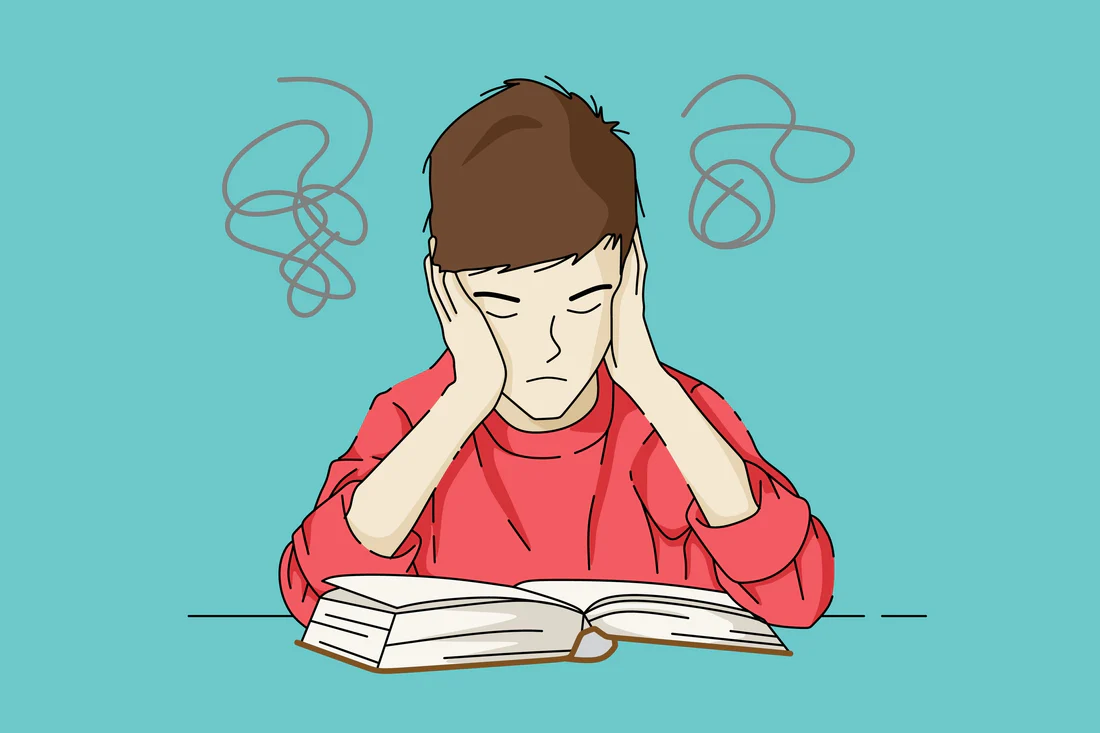





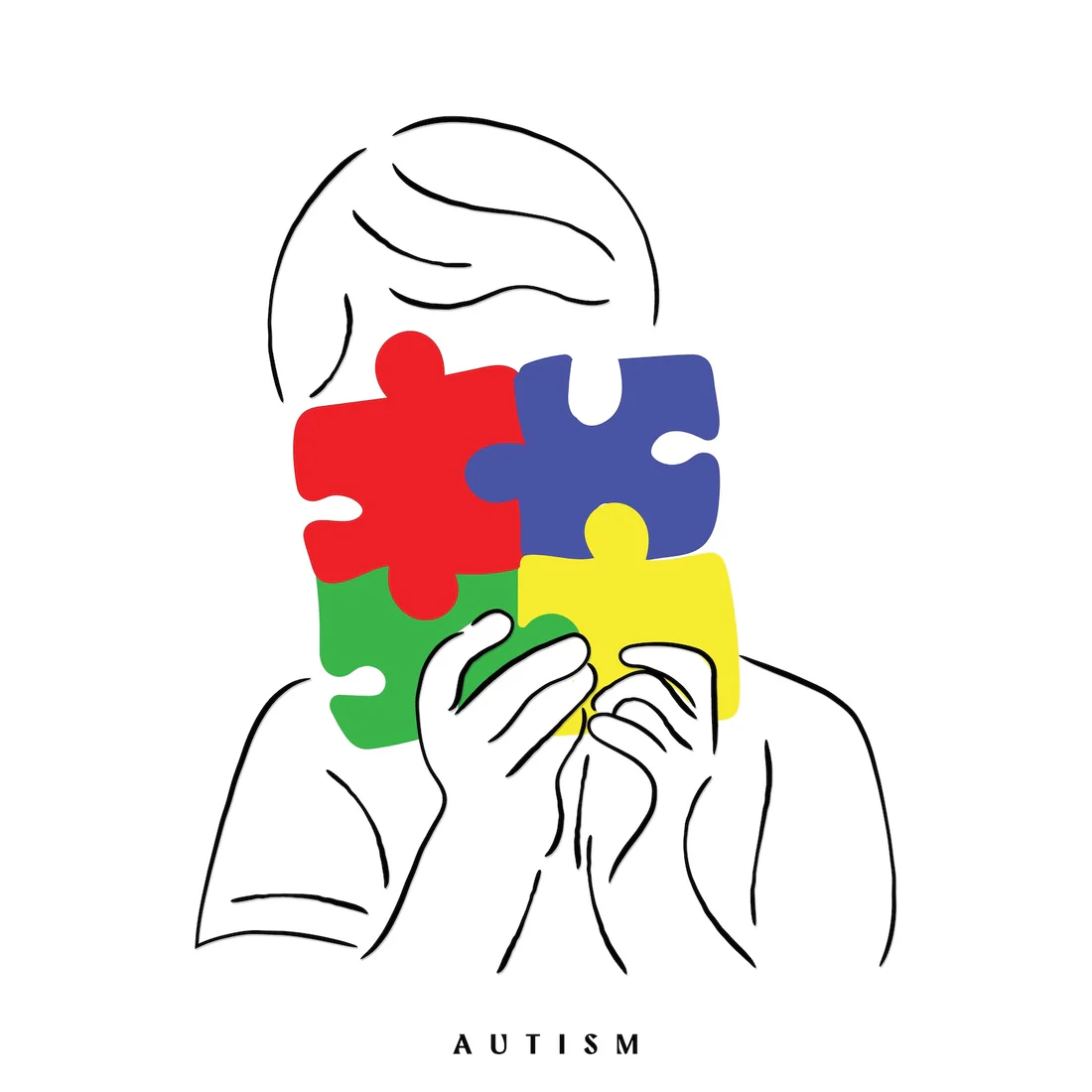
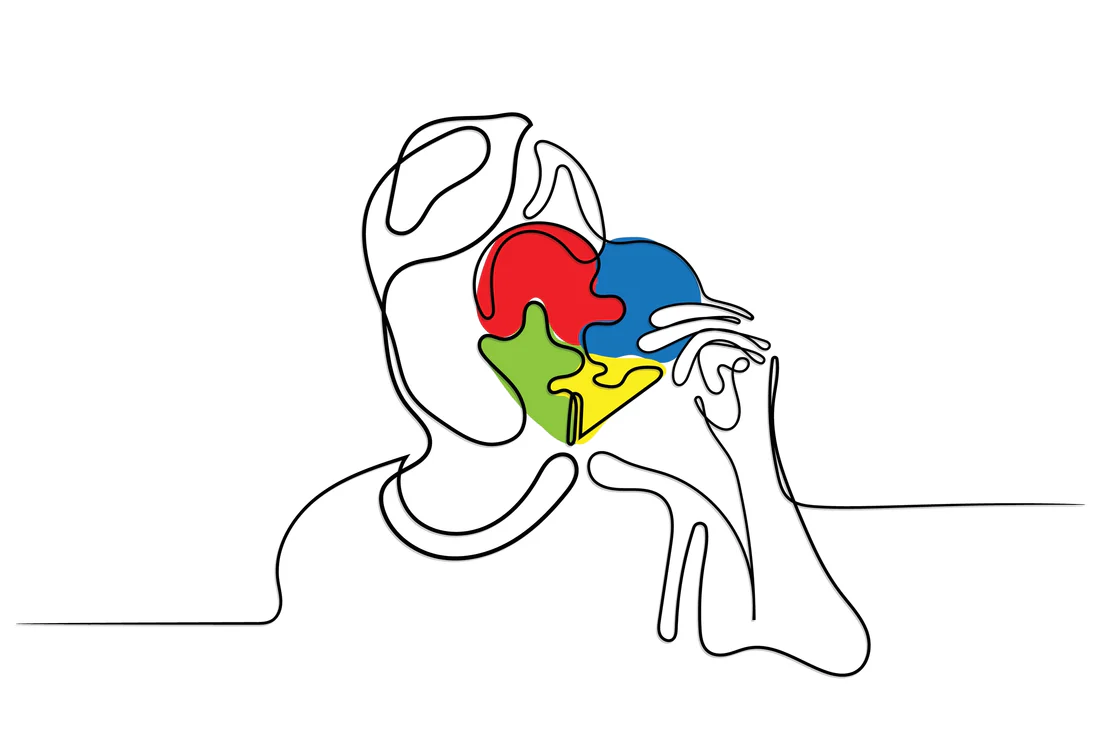


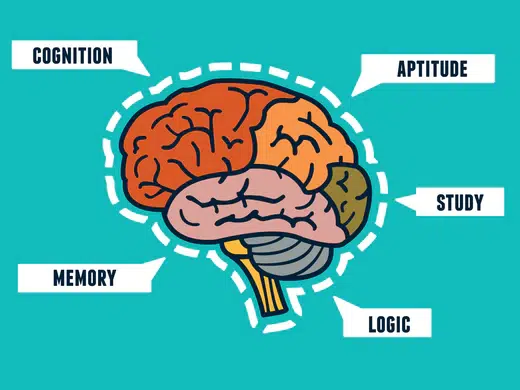








 Speech Therapy
Speech Therapy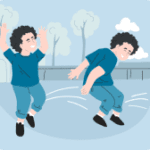 Physical Therapy
Physical Therapy Occupational Therapy
Occupational Therapy





